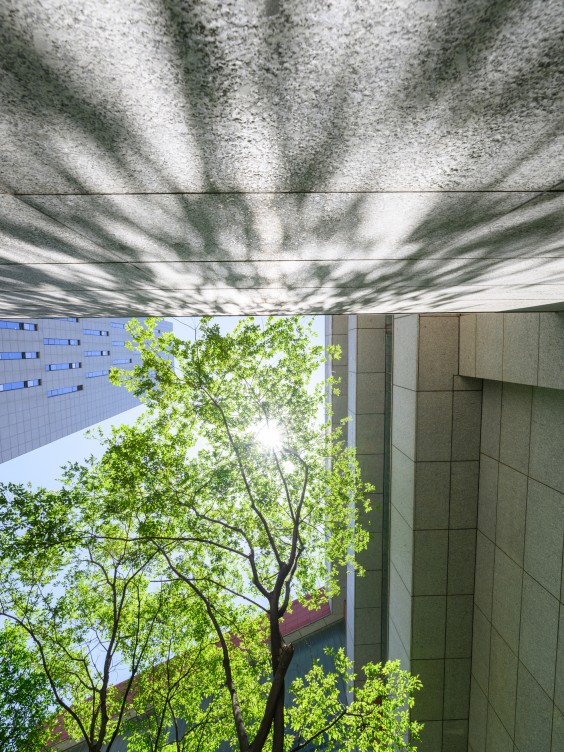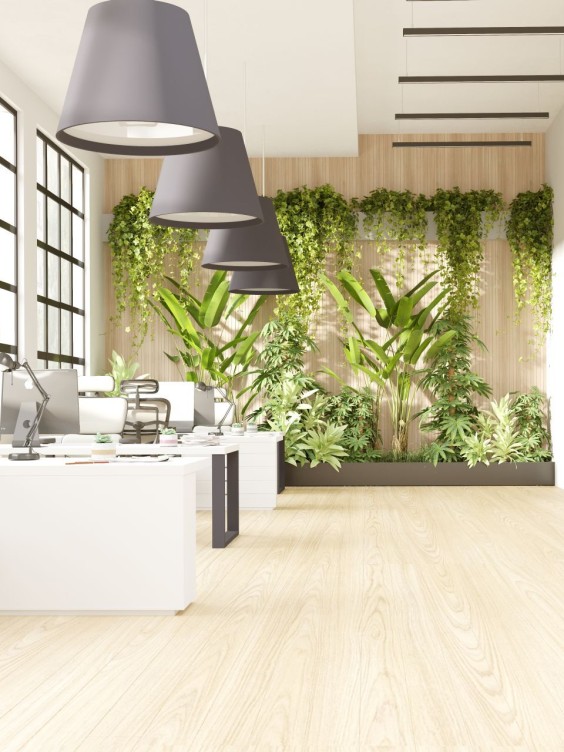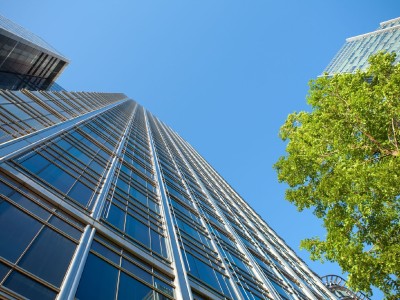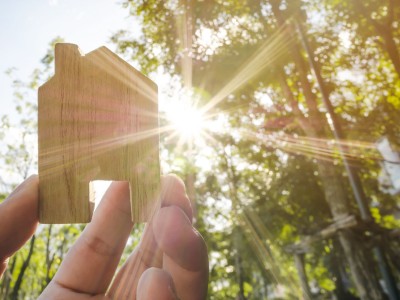You’re visiting Tikkurila website from United Kingdom. Would you like to visit the local UK site?
Green building certificates steer the construction industry
Paints and coating offer opportunities to rack up points in green building criteria

Green building certificates are very much mainstream in today’s real estate projects. At the same time, the role of paints and coatings in modern sustainable construction is evolving.
Presently, real estate players are encouraged and incentivised to seek more environmental practices throughout the value chain, with green building certificates having become the new norm. As real estate pioneers blaze the trail, the ambition of government building codes and regulation is elevated as well.
However, the green certificates themselves are no monolith. There are dozens of different certifications, varying in their approach and range. These certificates are applicable to planning and design, construction, operation, maintenance, renovation, and eventual demolition phases of a building.

Green to the core
Sustainable building certifications can also differ in the type of buildings they are applied to, with specific tools or subsets of tools used for different building types – such as homes, commercial buildings, or even whole neighborhoods.
Green Building Councils, which are members of the World Green Building Council (WorldGBC) global network, develop and administer many of the world’s building certifications.
The two probably best-known green building certificates are LEED and BREEAM. Other well-established certificates include RTS, WELL, EDGE, Greenship, Green Key, GreenBuilding, Green Star, LOTUS and Zero Waste. In Finland, M1 classification is widely used in building projects. It was developed by the Finnish Society of Indoor Air Quality and Climate, setting limit values for the emission of VOC, formaldehyde and ammonia. Most Tikkurila interior paints are eco-certified and carry the M1 classification, which guarantees extremely low levels of emissions and odours. M1 classified paints are excellent choices for use in, for example, LEED and BREEAM certified buildings. Read more about M1 from our article.
Green building standards promote the adoption of renewable and recycled materials, as they have a smaller environmental impact. Environmental Product Declarations (EPDs) are essential for assessing a product’s environmental impact. This means that an extensive lifecycle analysis is deployed in order to understand a building’s entire ecological footprint. Read more about EPD's from our article.

Eye on points
As the green building certificates themselves apply only to real estate, not to individual products, there are no paints or coatings that are, for example, LEED or BREEAM certified.
But while paints can’t be individually certified in this way, all designers should take note that paints can still contribute points to the overall certification of a construction project.
As it stands, all the major green building rating systems are point-based. Paints and coatings that offer e.g. durability, high-quality indoor air and heat-reflective properties can yield many points, indeed. In both LEED and BREEAM certifications, considerable emphasis is placed on paints and coatings.

Choose the cost-effective strategy
Given the fact that building paints contribute approximately up to 2% of the total cost of a building project, the choice of sustainable paints is one of the most cost-effective ways to earn points needed for certification.
The certification standards are divided into various scoring categories, with each category corresponding to a specific aspect of sustainability and environmental performance. The points are earned based on various factors, such as environmental impact, indoor air quality and the use of products with recognised EPDs. The goal is to achieve a certain score or percentage of points to attain a particular level of certification. Selecting a paint or coating suitable for green building always depends on the project and the environmental certificate used. As a guideline to choose surface treatment products for a green building, VOC content and emissions in paint products should be as low as possible. Take BREEAM for an example: under BREEAM rating, the maximum points that paints can score for a project is 4: up to 2 from air quality and up to 2 from life-cycle impact.
Another example comes from LEED where paint can get points in the following areas: Indoor Environmental Quality; Sustainable Sites, Materials and Resources; and Regional Priority. In Indoor Environmental Quality alone, you can get 3 points for Low-Emitting Materials intended to reduce concentrations of chemical contaminants that can damage air quality, human health, productivity, and environment.
While architects and designers draw up their green building plans, it’s worthwhile to recognise that paints and coatings are a “low-hanging fruit” of sorts: an easy, cost-effective way to pursue sustainability.





